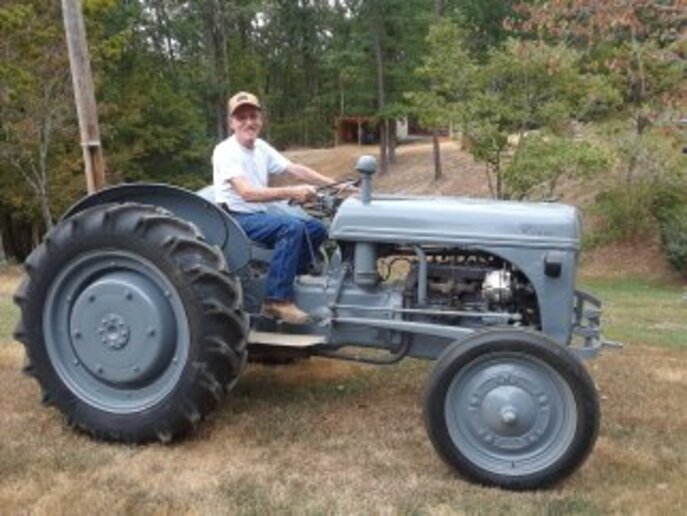grandpa Love
Well-known Member
We own 5 fords, 6 if you count my dad's
N mutt. Everyone came to us in various
states of 12 volt conversion. None have
a OEM ballast resistor. On all the other
fords I have totally rewired them. They
all work great. They all have a 12 volt
coil,no resistor anywhere. I would like
to understand what the OEM ballast
resistor does,why it's needed, and why
does this site sell a 6 volt and 12 volt
coil for a front mount distributor. If
you have to wire them up the same what's
the point of using the 12 coil?
Electrical is not my strong suit,
explain it in simple terms, or it will
go right over my head. Thanks.
N mutt. Everyone came to us in various
states of 12 volt conversion. None have
a OEM ballast resistor. On all the other
fords I have totally rewired them. They
all work great. They all have a 12 volt
coil,no resistor anywhere. I would like
to understand what the OEM ballast
resistor does,why it's needed, and why
does this site sell a 6 volt and 12 volt
coil for a front mount distributor. If
you have to wire them up the same what's
the point of using the 12 coil?
Electrical is not my strong suit,
explain it in simple terms, or it will
go right over my head. Thanks.


